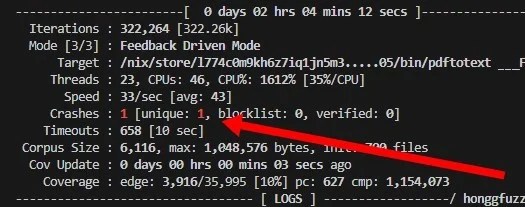Automation has garnered increasing attention in software development as organizations strive for efficiency and error reduction. However, the journey toward successful automation is fraught with challenges. Errors emerge not only from the automation tools used but also from the interactions between various systems they govern. In this exploration, we will analyze common problems in automation, particularly focusing on AI error fixes, and provide actionable strategies for troubleshooting these issues effectively.
One of the foremost issues encountered in automation is the occurrence of errors, which may stem from misconfigurations or bugs within the automation scripts themselves. When automating tasks, it is essential to ensure that the scripts are properly configured to operate within the constraints and parameters defined by the target environment. Errors can result in significant setbacks, leading to wasted resources and time if not addressed quickly. To mitigate this risk, it is crucial to adhere to a systematic approach when developing automation scripts. This involves rigorous testing in a controlled environment before deploying to production. Utilizing tools that offer version control can also support quick rollbacks if necessary.
Another significant hurdle arises with API rate limits. As many automation processes rely on interacting with external services through APIs, understanding and managing rate limits is paramount. Rates limits can lead to automation processes failing if requests exceed the allowed thresholds. To alleviate this issue, organizations should implement throttling mechanisms within their automation scripts. This can be done by introducing pauses or delays between API calls to ensure compliance with the service’s rate limits. Additionally, using exponential backoff strategies allows for more resilient error handling when rate limits are hit, dynamically adjusting the frequency of requests based on the severity of the error.
Integration issues often plague automation efforts, especially when multiple systems or tools are involved. For instance, inconsistencies in data formats or discrepancies in authentication mechanisms can result in erroneous behaviors. To address these challenges, organizations should develop a clear integration strategy that outlines data handling protocols and ensures all systems use consistent standards. Additionally, employing testing frameworks that can simulate integration scenarios across various platforms will enable teams to identify potential pitfalls well in advance.
One technique that can enhance the resilience of automation scripts against common errors is the use of logging and monitoring. By incorporating comprehensive logging mechanisms, teams can capture useful information about the execution of automated tasks, providing visibility into failures and errors as they occur. Effective logging enables troubleshooting teams to rapidly identify the source of an error without painstakingly poring over the entire automation script. Setting up automated alerts based on log outputs can further enhance visibility, allowing for timely responses to potential issues.
The risks associated with failing to resolve automation errors promptly can be substantial. In a world increasingly reliant on automated processes, system failures can lead to downtime, impact customer satisfaction, and diminish organizational reputation. Moreover, delays in error resolution can erode trust among stakeholders and lead to flawed decision-making based on incorrect data.
On the flip side, addressing these errors quickly can yield a favorable return on investment (ROI). By implementing efficient error handling strategies, organizations can boost their operational agility, minimize downtime, and optimize resource allocation. As automation becomes more refined, it has the potential to reduce labor costs and streamline processes, paving the way for improved productivity and revenue growth.
In summary, while automation brings considerable benefits to organizations, it is crucial to remain vigilant in managing the common pitfalls associated with it. From handling errors and navigating API rate limits to addressing integration challenges, applying a disciplined and systematic approach is essential. Employing thorough testing, effective logging, and strategic integration practices will not only enhance the robustness of automation efforts but also promote long-term organizational success.
FlowMind AI Insight: As automation continues to evolve, maintaining a proactive stance on error management equips organizations to leverage the full potential of AI technologies. By nurturing a deep understanding of common pitfalls and addressing them effectively, businesses can cultivate a resilient automation framework that drives sustained growth and innovation.
Original article: Read here
2024-11-09 08:00:00

